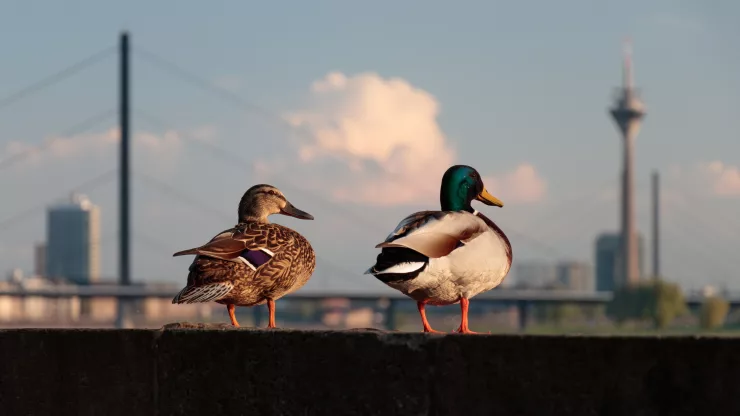Jump to Section
Pets and Urban Ecosystems
Pets have been an integral part of human society for centuries, providing companionship, protection, and even assistance in daily tasks.
However, as more people move into urban areas, the question arises: how do pets fit into the city’s ecosystem?
In this article, we will explore the surprising benefits of pets in cities, the challenges of raising pets in urban areas, and how we can build a sustainable future for pets and the environment.
The Surprising Benefits of Pets in Cities
While many may view pets as simply a source of entertainment or comfort, they can actually have a significant impact on the urban ecosystem.
Here are just a few examples:
- Increased social interaction: Pets can bring people together, whether it’s through a shared love of animals or just a friendly greeting on a walk. This can help combat feelings of isolation and loneliness in urban areas.
- Improved mental health: Studies have shown that pet ownership can reduce stress, anxiety, and depression. In a city where life can be hectic and overwhelming, a furry friend can provide much-needed emotional support.
- Increased physical activity: Owning a pet can encourage people to get outside and be more active, whether it’s taking a dog for a walk or playing with a cat. This can have a positive impact on overall health and well-being.
The Challenges of Raising Pets in Urban Areas
While pets can bring many benefits to city life, there are also challenges to consider. Here are a few:
- Space constraints: Many urban apartments and homes are small, making it difficult to provide enough space for a pet to exercise and play.
- Noise and pollution: Urban areas can be loud and polluted, which can be stressful for pets and may even impact their health.
- Lack of access to green spaces: While many cities have parks and other green spaces, they may not be easily accessible or may not allow pets.
Building a Sustainable Future for Pets and the Environment
Despite these challenges, it’s clear that pets have a place in urban ecosystems.
However, if we want to ensure that pets can thrive in cities while also protecting the environment, we need to take a sustainable approach.
Here are a few ideas:
- Encourage responsible pet ownership: This includes things like spaying and neutering, proper waste disposal, and training to prevent behavior issues.
- Increase access to green spaces: Cities can work to create more parks and other green spaces that are pet-friendly and easily accessible.
- Support environmentally-friendly pet products: From biodegradable poop bags to sustainable pet food, there are many eco-friendly options available for pet owners.
By taking these steps, we can create a more sustainable future for pets and the environment in urban areas.
FAQ
How can I ensure my pet is happy and healthy in a city environment?
Some tips for ensuring your pet’s well-being in an urban environment include:
- Providing plenty of exercise and mental stimulation
- Creating a safe and comfortable living space
- Regular veterinary check-ups and preventative care
- Socializing your pet with other animals and people
- Being mindful of environmental factors like noise and pollution
How can I be a responsible pet owner in a city?
Being a responsible pet owner in a city means:
- Following local laws and regulations regarding pet ownership
- Properly disposing of pet waste
- Keeping your pet on a leash or under control in public areas
- Training your pet to avoid behavior issues like excessive barking or aggression
- Spaying or neutering your pet to prevent unwanted litters.
I’m a nature enthusiast and creator of Metro Wilds and have spent years exploring the great outdoors.
With a passion for environmental conservation and sustainability, I have dedicated my career to writing about the beauty and wonders of nature, as well as the threats facing our planet.
Contact me at [email protected] for assistance.





